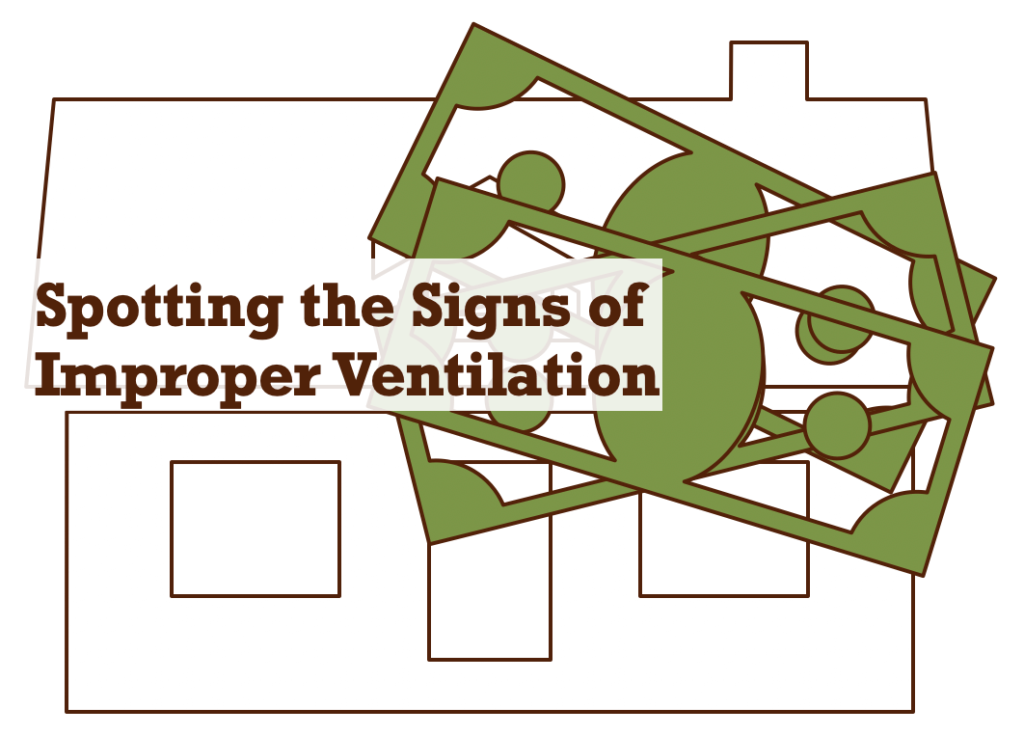Extend the Life of Your Roof and Get More Money for Your Home. You probably think of your roof in terms of its shingles, the overlapping pieces that protect your house from the elements. But your roof is more than just shingles – attic insulation and ventilation are crucial to its longevity.
As fresh air is drawn into the attic, heat, and moisture are pushed out, reducing the temperature disparity between outside and inside the attic. In humid climates, such as Louisiana, where everyday activities like washing dishes, taking a shower, and doing laundry can raise moisture levels and temperatures to 150 degrees, this can be critical.
A good ventilation system reduces a building’s cooling load and extends the life of roofing shingles by removing solar-heated air from the attic. This decreases your home’s energy bills and reduces the strain on your air conditioner.

A roof vent can come in many different styles and types. Choosing the right vent system for your home means considering the amount of airflow you desire as well as the design of your roof. Different ventilation options are thus right for different homes.
A few common vent types include box vents, power vents, soffit vents, and ridge vents.
Box vents:
Natural convection is used to create an opening for the rising hot air and moisture to escape through the panels. They are installed over a hole cut out in the roof.
Power ventilators:
Generally, PAVs mount on the roof or gable and are powered by fans for the expulsion of moisture and heat.
Soffit vents:
They are usually made from PVC or aluminium and provide ventilation through the lowest part of the roof. They are most effective when used with ridge vents.
Ridge vents:
A static vent system with no moving parts, they are installed at the peak of sloped roofs and work together with soffit vents to create a zone of heat and cold on the roof surface.
Spotting the Signs of Improper Ventilation
Different types of problems can result from an insufficient attic ventilation system.
Observe the following subtle and not-so-subtle signs:
- If your attic insulation gets wet and loses its effectiveness, you might notice an increase in your household’s heating and cooling bills, which is not always explained
- Heating and cooling equipment that is put under a heavier load is more likely to break down or prematurely fail
- In the winter months, ice tends to build up along the roof edge
- Water damage in the decking underneath your roofline can warp the roofline and cause ripples.
- In the attic, rust and corrosion appear on metal objects, such as nail heads, electrical boxes, and light fixtures.
- Any evidence of deterioration and decay of your roof’s structural supports, including dampness, water stains, or frost on the attic side of the roof sheathing
- Your family members may experience discomforting allergy symptoms or respiratory illnesses from mold growth in the attic, which is associated with the spread of fungus spores through the indoor air supply.
According to standard building codes, every 300 square feet of attic space should have a vented area of one square foot of vapor barrier, which is an impermeable material that prevents moisture from damaging a building, and one square foot of non-vapor barrier.
A ventilation system that lacks a balance between intake vents (located in the soffit/under-eave or at the bottom edge of the roof) and exhaust vents (located at or near the roof’s summit) will be inefficient and ineffective. In addition to mold growth and sagging decks, deterioration of floorboards, shingles, and underlayment can result, leading to costly repairs.
Your roofing, insulation, and ventilation systems must be able to work as a cohesive system with the help of experienced and reliable roofing contractors. Depending on the size of your home, they can spot any inherent weaknesses in your current system and determine how many intake and exhaust vents are needed.
Call Roof Crafters in Baton Rouge at 225-667-1189 if you have questions about ventilation or the health of your roofing system. And if you have questions about land for sale in Louisiana or selling your home get in touch with the real estate pros at Louisiana Landsource.
